Our Location
304 North Cardinal St.
Dorchester Center, MA 02124


Yoga is a holistic practice that integrates physical postures, breathing exercises, and meditation to promote overall well-being. Originating in ancient India, yoga has evolved over thousands of years and is now embraced worldwide for its numerous benefits. In today’s fast-paced world, yoga offers a sanctuary of peace and a path to a healthier, more balanced life.
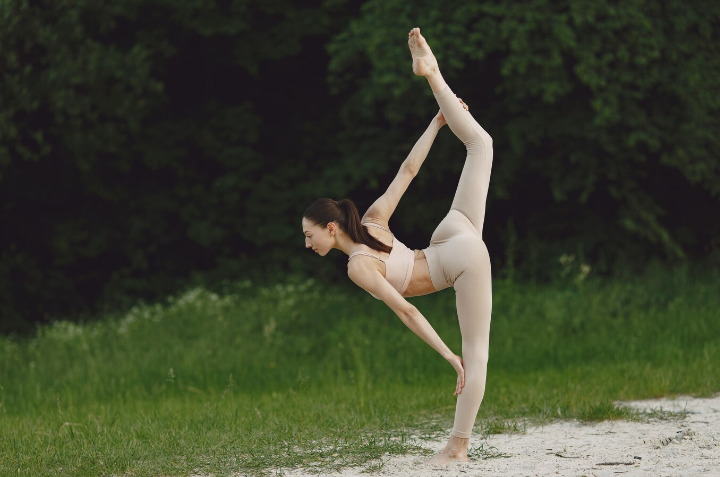
One of the most well-known benefits of yoga is improved flexibility. Regular practice stretches and elongates the muscles, which helps reduce stiffness and improve range of motion.
Yoga isn’t just about flexibility; it’s also about building strength. Many poses require you to support your body weight in new ways, which builds muscle in various parts of the body.
By increasing your awareness of your body, yoga helps you stand and sit taller. Better posture can prevent and alleviate pain and reduce the risk of injuries.
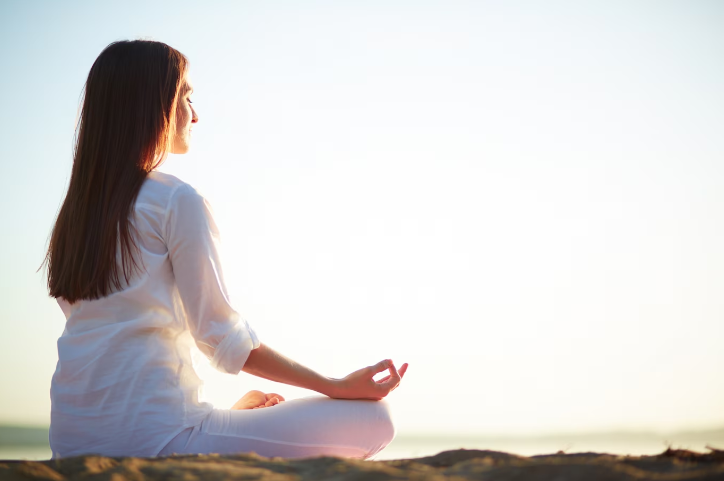
Yoga is renowned for its ability to reduce stress. Breathing exercises and meditation calm the mind, reducing the production of stress hormones like cortisol.
Yoga involves mindfulness, which enhances your ability to concentrate and focus on tasks. This mental clarity can extend into your daily life, improving productivity and cognitive function.
The combination of physical activity, breath control, and meditation can stabilize your mood and emotions, making you more resilient to life’s challenges.
Yoga encourages introspection, leading to a deeper understanding of oneself. This self-awareness can foster personal growth and a greater sense of purpose.
Many people find that yoga helps them connect more deeply with their inner selves, cultivating a sense of inner peace and spiritual fulfillment.

Many people believe that yoga is only for the flexible or that it’s a purely physical practice. These misconceptions can deter people from trying yoga.
Incorrect practice or overexertion can lead to injuries. It’s essential to listen to your body and avoid pushing beyond your limits.
Yoga can bring suppressed emotions to the surface, which can be challenging to deal with. This is a normal part of the process but can be difficult for some practitioners.
Education is key. Understanding that yoga is accessible to everyone, regardless of flexibility or physical condition, can help more people embrace the practice.

Practicing under the guidance of a qualified instructor and focusing on proper alignment can prevent injuries. It’s also important to start slowly and gradually increase the intensity.
Approaching yoga with a sense of curiosity and self-compassion can help manage the emotional challenges that arise. Support from a community or instructor can also be beneficial.
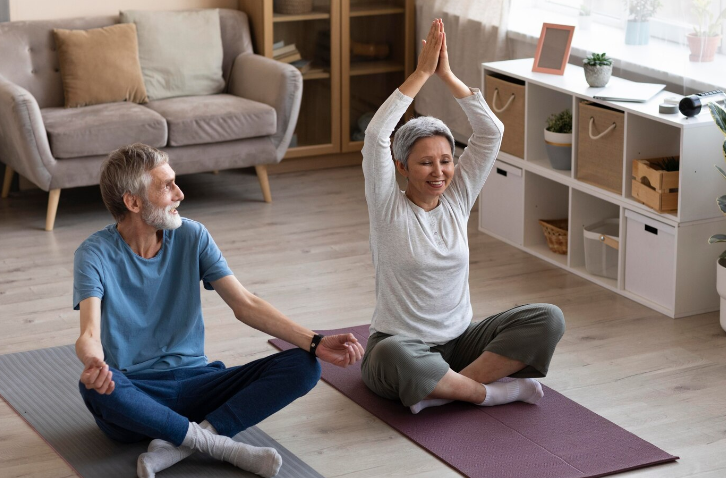
Gentle yoga practices can help seniors maintain or improve their range of motion, making daily activities easier and more comfortable.
Many yoga poses focus on balance, which can reduce the risk of falls—a significant concern for older adults.
Yoga’s emphasis on breathing and relaxation can help seniors manage stress and anxiety, promoting mental well-being.
Gentle yoga involves slow, deliberate movements and poses, making it ideal for seniors who need a low-impact workout.

Chair yoga offers modified poses that can be done while sitting or using a chair for support, making it accessible for those with limited mobility.

Yoga can enhance concentration and focus, which can be particularly beneficial for students and young professionals.
Yoga improves overall physical fitness, including strength, flexibility, and cardiovascular health, which is crucial during the formative years.
Practicing yoga helps young people manage their emotions more effectively, reducing the likelihood of stress and anxiety.
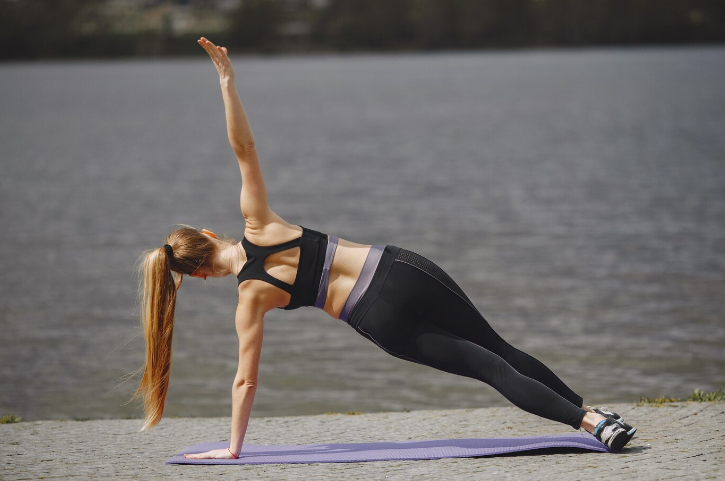
Power yoga is a more intense practice that combines strength training and cardiovascular exercise, appealing to the energy levels of younger individuals.
Vinyasa yoga involves a series of poses that flow smoothly into one another, providing a dynamic and engaging workout.

Hatha yoga is a gentle introduction to the most basic yoga postures. It prepares you for other yoga practices and provides a solid foundation.

Vinyasa yoga emphasizes fluid movement and breath synchronization, offering a dynamic and physically challenging practice.

Ashtanga yoga is a rigorous style of yoga that follows a specific sequence of postures and is great for building strength and stamina.

Bikram yoga, practiced in a heated room, promotes intense detoxification and flexibility through a series of 26 challenging poses.

Iyengar yoga focuses on precise alignment and uses props to help students achieve the correct posture, making it accessible to people of all ages and abilities.

Kundalini yoga combines postures, breathing exercises, and chanting to awaken spiritual energy and enhance mindfulness.
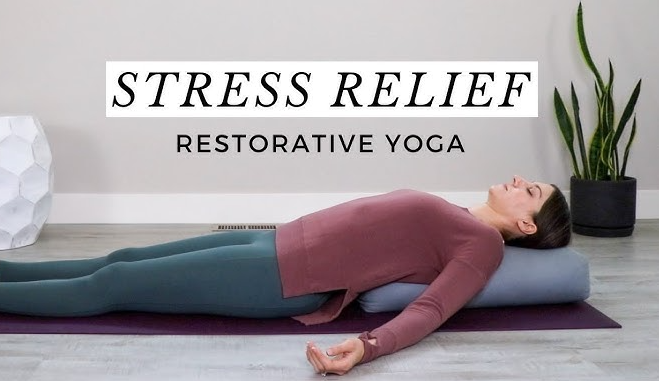
Restorative yoga uses props to support the body in restful poses, promoting deep relaxation and stress relief.

Yin yoga targets the deeper connective tissues by holding poses for an extended period, improving flexibility and joint health.
Yoga is a versatile practice with something to offer everyone, regardless of age or fitness level. From physical and mental benefits to spiritual growth, yoga can transform your life in countless ways. By understanding and overcoming common challenges, incorporating yoga into your daily routine can lead to a healthier, more balanced life.

Is Yoga Suitable for Everyone? Yes, yoga is adaptable for all ages and fitness levels. Modifications and different styles ensure accessibility for everyone.
How Often Should One Practice Yoga? Practicing yoga 3-5 times a week is ideal, but even a few minutes each day can make a significant difference.
What is the Best Time to Practice Yoga? The best time is when you can consistently fit it into your schedule. Morning practices can invigorate you, while evening sessions can help you relax.
Can Yoga Help with Weight Loss? Yes, especially more vigorous styles like Vinyasa and Power yoga can aid in weight loss when combined with a healthy diet.
How Do I Start Practicing Yoga? Starting with a beginner class or following online tutorials can help you learn the basics. Consistency and patience are key.